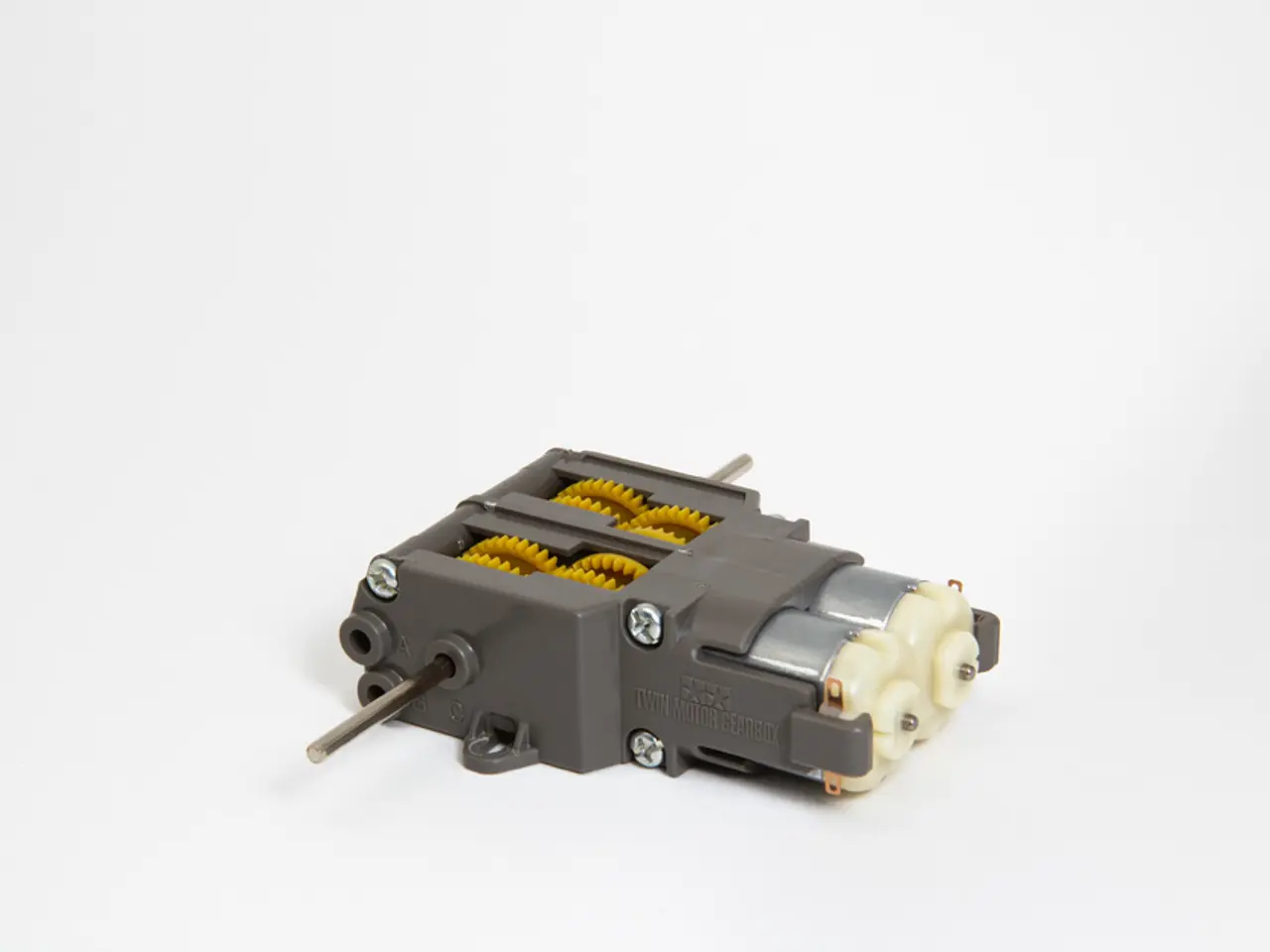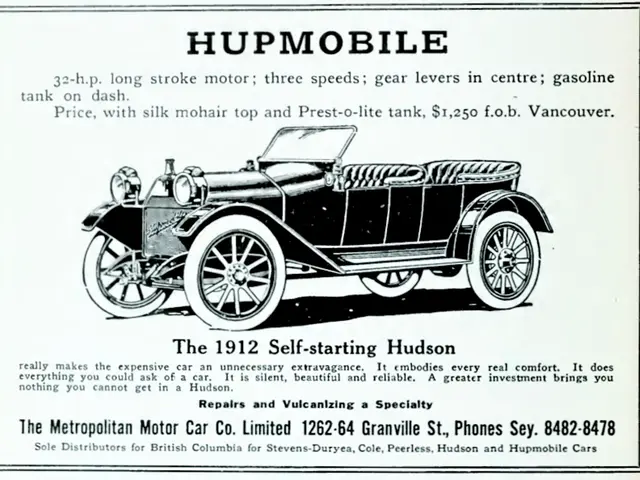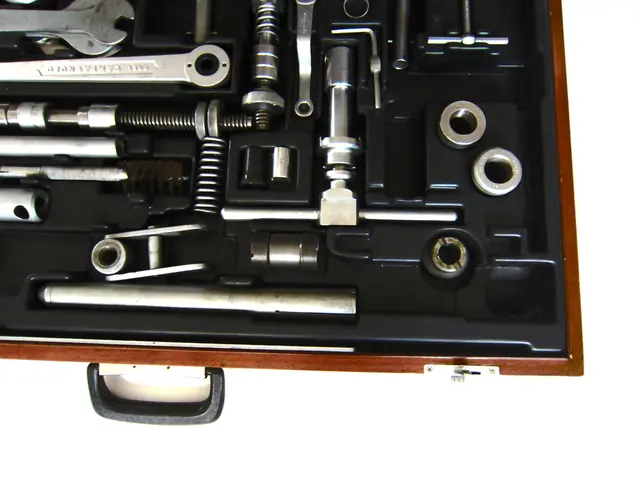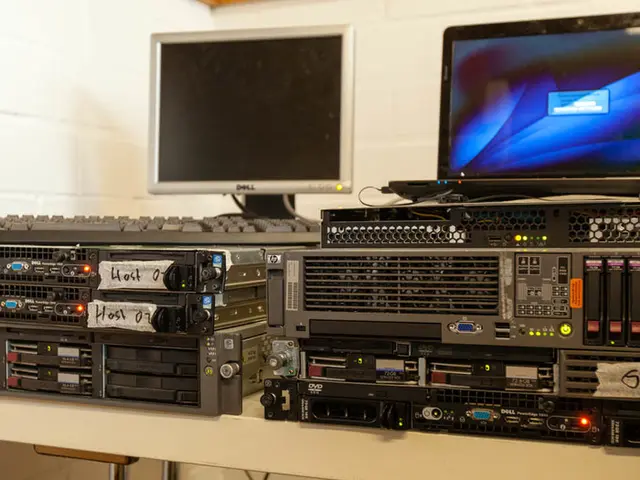Transforming Energy with Motors: The Evolving Impact and Capabilities of Electrical Motors
Hello, dear reader! Today, we're embarking on an exciting journey through time, delving into the fascinating world of motor evolution and its profound impact on energy transformation.
Our story begins in the 1800s, a period marked by significant scientific discoveries that would shape the future of motor technology. Michael Faraday's groundbreaking experiments in electromagnetism paved the way for the practical application of electric motors. In 1821, he built the first electric motor capable of continuous rotation, demonstrating that electric current could indeed generate mechanical motion.
Fast forward to 1832, and William Sturgeon, an English inventor, developed the first practical electromagnet, a crucial component in the development of electric motors. This innovation allowed for the creation of an electric motor by Sturgeon himself in the same year, complete with a key component called the commutator, which enabled continuous rotation by reversing the current direction through motor windings.
The 1830s were indeed a golden era for motor invention. Ányos Jedlik, a Hungarian inventor, constructed an early electric motor in 1828 and used it to power a small model vehicle, marking an early application of motors in mobility. Thomas Davenport, an American blacksmith, followed suit in 1834, creating the first US DC electric motor and using it to drive a small model car on a circular track. Robert Davidson, a Scottish inventor, built an electric locomotive in 1838, achieving speeds of about 4 mph, demonstrating the scalability of motors for transportation.
The theoretical basis for electric motors was further strengthened by Michael Faraday's discovery of electromagnetic induction in 1831 and Alessandro Volta's invention of the voltaic pile in 1793, providing a steady source of electric current.
As we move into the mid-19th century, engineers in Europe refined motor components, improving efficiency and reliability. This period saw the creation of practical dynamo-electric machines for large-scale power generation and motor use.
Fast forward to the present day, and electric motors have become ubiquitous, powering vehicles, industrial equipment, and countless electrical applications. Their cleaner and more sustainable solutions have made them prevalent across nearly every sector.
In the quest for improved speed and efficiency, the advent of alternating current and efficient transmission technologies played a crucial role. Today, motor operations are crucial in reaching sustainable and profitable goals in areas such as green manufacturing and transportation.
The transition from fossil fuels to electricity in motor technology was driven by factors like price, environmental concerns, and safety. Renewable energy and electric motor technologies are now working together to reduce environmental impact and decrease reliance on non-renewable resources.
We hope this journey through motor evolution has been as enlightening for you as it has been for us. In our next article, we'll delve deeper into the main types of electric motors, their workings, energy efficiency, future innovations, motor optimization for sustainable solutions, and the environmental friendliness of electric motors. Stay tuned!
In the 1800s, the foundation for modern motor technology was laid by scientific discoveries such as Michael Faraday's groundbreaking experiments in electromagnetism, paving the way for the practical application of electric motors. By the mid-19th century, electric motors had become essential components in various sectors, including transportation and industry, thanks to advancements in science and technology.




